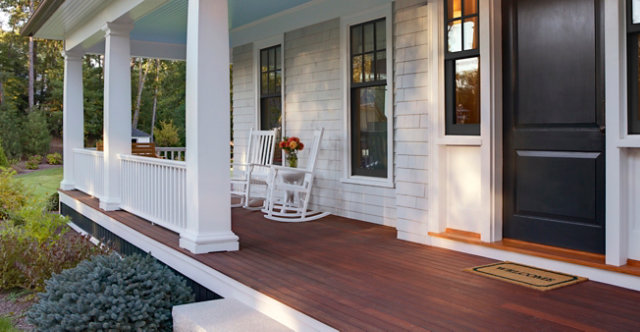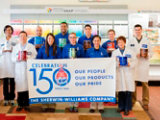
Window Profiles
Frame a Different View
Windows are a central part of any building's design. Designers are
looking for colors and construction that will last as long as their
inspiration. Look to Sherwin-Williams for coatings that last in colors
that inspire for vinyl and fiberglass window applications.
Check out our Window Coating Colors
Sherwin-Williams Acquires AquaSurTech
We are pleased to announce the acquisition of AquaSurTech, a leader in high performance, durable coatings for the vinyl and PVC building products market in the United States and Canada.
Contact Us to Learn MoreD200 Waterborne Topcoat for Vinyl
Ideal for creating custom looks and high-end finishes on vinyl windows.
View D200D100 Waterborne Topcoat
Great for creating high-end finishes on fiberglass doors and some other composite substrates.
View D100TruStain System
Exterior grade, ready to use, pigmented topcoat for fiberglass stain door applications.
View TruStain System-
Liquid
Our coatings offer a variety of color and finish options while providing the lasting durability to maintain that desired look for years to come.




